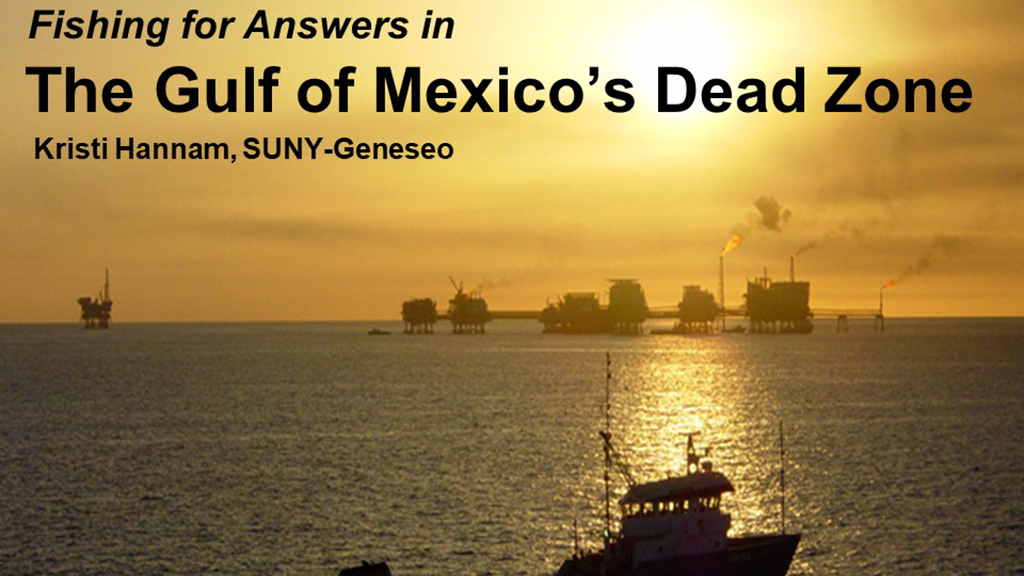Abstract
This “clicker case” addresses the eutrophication of aquatic systems caused by human activities. "Susan" is a biology student working at a seafood restaurant on the Gulf of Mexico. She discovers that the restaurant doesn't serve locally caught shrimp because shrimp populations are in decline. While searching for an explanation, Susan learns about the nitrogen cycle as well as interactions between species, the abiotic and biotic environment, and multiple ecosystems (terrestrial and aquatic). Developed for a large introductory biology course, the case combines the use of student personal response systems ("clickers") with case teaching methods and formats. It is presented in class using a series of PowerPoint slides (~3.8MB) punctuated by questions that students respond to using their clickers. The case could be adapted for use without these technologies.



